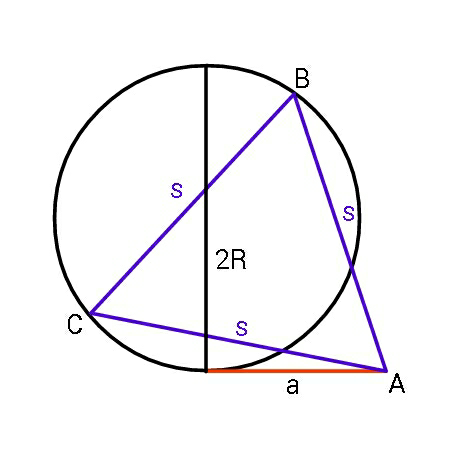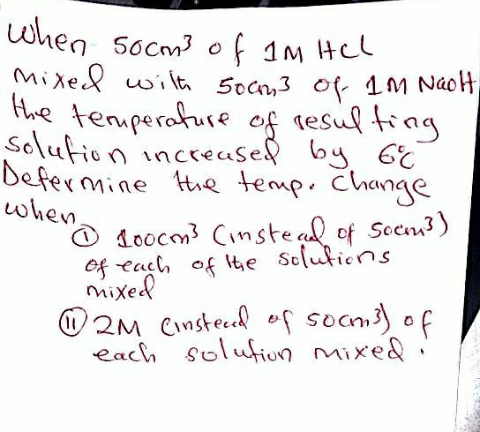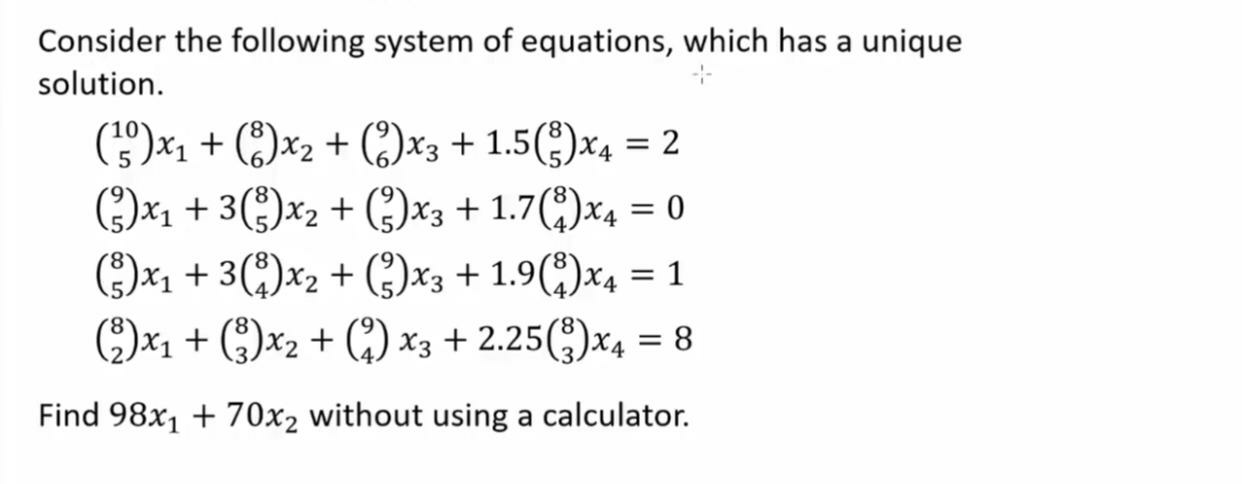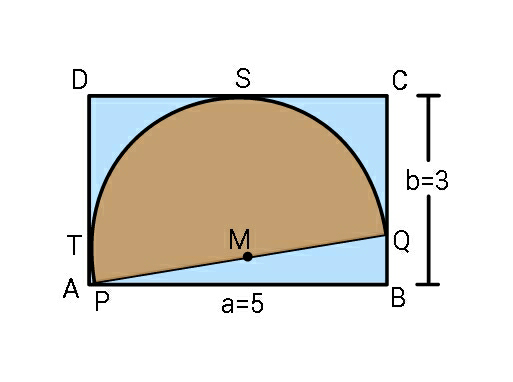
AllQuestion and Answers: Page 1579
Question Number 51901 Answers: 0 Comments: 0
Question Number 51897 Answers: 1 Comments: 0
Question Number 51887 Answers: 1 Comments: 0
Question Number 51884 Answers: 1 Comments: 4

Question Number 52140 Answers: 2 Comments: 2

Question Number 52139 Answers: 0 Comments: 0

Question Number 51876 Answers: 1 Comments: 2

Question Number 51865 Answers: 0 Comments: 0

Question Number 51861 Answers: 0 Comments: 1

Question Number 51869 Answers: 1 Comments: 1

Question Number 51849 Answers: 3 Comments: 3

Question Number 51847 Answers: 0 Comments: 1

Question Number 51843 Answers: 1 Comments: 3
Question Number 51841 Answers: 0 Comments: 2

Question Number 51840 Answers: 2 Comments: 0
Question Number 51837 Answers: 1 Comments: 1

Question Number 51834 Answers: 0 Comments: 1
Question Number 51825 Answers: 1 Comments: 3
Question Number 51824 Answers: 1 Comments: 0
Question Number 51818 Answers: 0 Comments: 0
Question Number 51817 Answers: 0 Comments: 0
Question Number 51812 Answers: 0 Comments: 4

Question Number 51805 Answers: 2 Comments: 3

Question Number 51798 Answers: 0 Comments: 3

Question Number 51779 Answers: 0 Comments: 3
Question Number 51774 Answers: 1 Comments: 4

Pg 1574 Pg 1575 Pg 1576 Pg 1577 Pg 1578 Pg 1579 Pg 1580 Pg 1581 Pg 1582 Pg 1583
